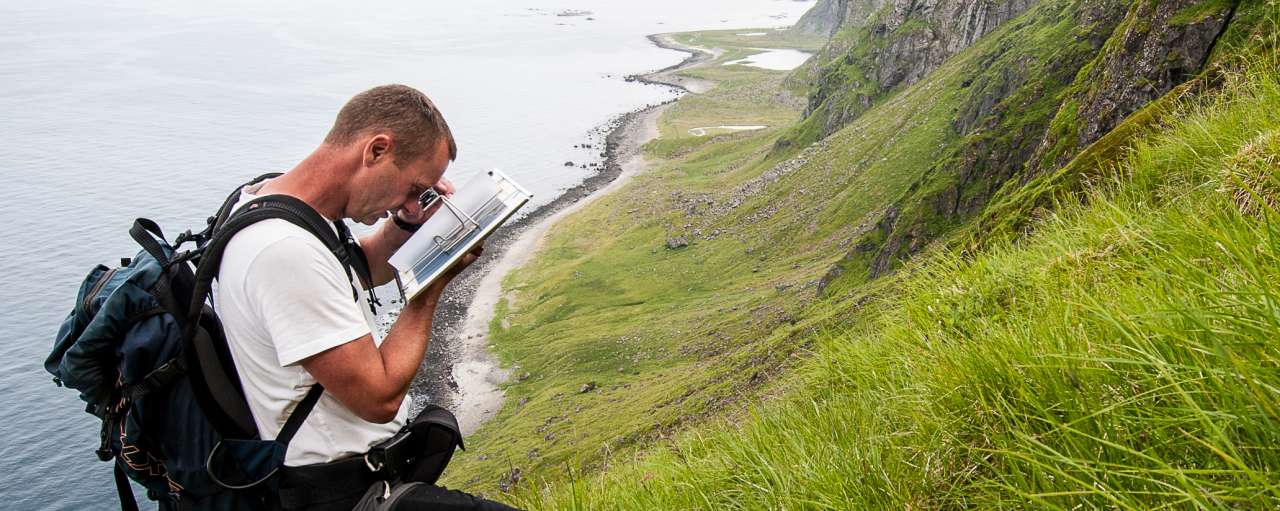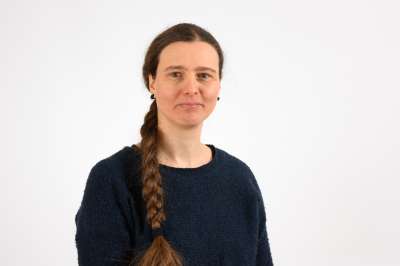Arctic GHG accounting: Holistic approach

Photo: Lars Sandved Dalen
Farmers in Northern Norway are faced with conflicting national goals of reducing greenhouse gas (GHG) emissions and increasing food production. In the project "Arktisk klimaregnskap" researchers propose a more holistic approach to mitigating climate change in agriculture in the north.
The natural growing conditions in the north can lead to higher GHG emissions from agriculture. Ruminant production, scattered parcels of agricultural land, lower yield potential, and cultivated peatlands are important factors.
Are Johansen from the Norwegian Agricultural Advisory Service advises Northern Norwegian farmers in mitigation measures. He says many farmers in the north perceive the focus on GHG emissions as demotivating due to a lot of negative publicity and few opportunities to make changes. The feedback led him to contact NIBIO in 2020. This resulted in the initiation of the pilot project "Arktisk klimaregnskap”.
The project is based on national guidelines stating that agriculture in Northern Norway should be maintained and strengthened, while also reducing GHG emissions.
"We have investigated how natural conditions in the north can be better considered in GHG accounting by using data derived by vegetation mapping and soil survey. Much of what we describe in the project can be transferred to other parts of the country as well," explains Dorothee Kolberg, from NIBIO.
The project proposes using a two-step approach to mitigating climate change in agriculture. Step one focuses on the production types which are possible, considering the local natural growing conditions and national needs and goals. After that, a range of considerations are described for each individual farm as a basis for planning a more climate-friendly production.
"On a farm suitable for ruminant production with a lot of peat soil, there will be fewer possibilities to reduce emissions. Other farms may have the potential to do more," Kolberg says.
Contacts

Purpose
Data from soil survey and vegetation mapping can contribute to a more holistic approach to mitigating climate change in agriculture in Northern Norway. This approach is useful for the Norwegian Agricultural Extension Service in providing advice on mitigation measures to farmers.
Collaboration: Norwegian Agricultural Advisory Service
Funding: The County Governor of Troms and Finnmark and Nordland County Municipality
Contacts

